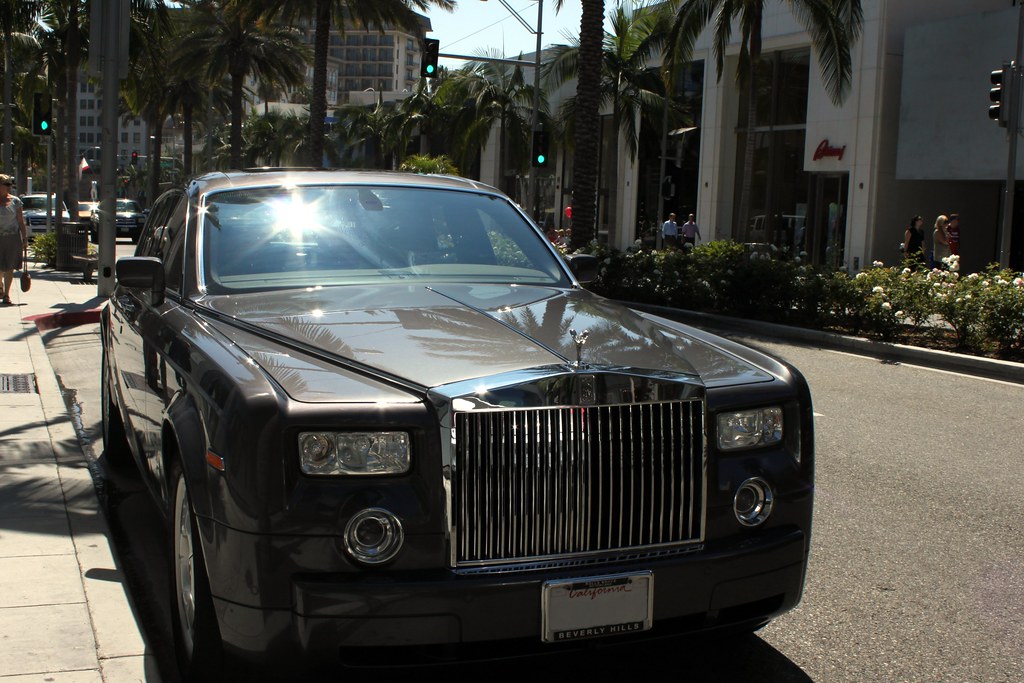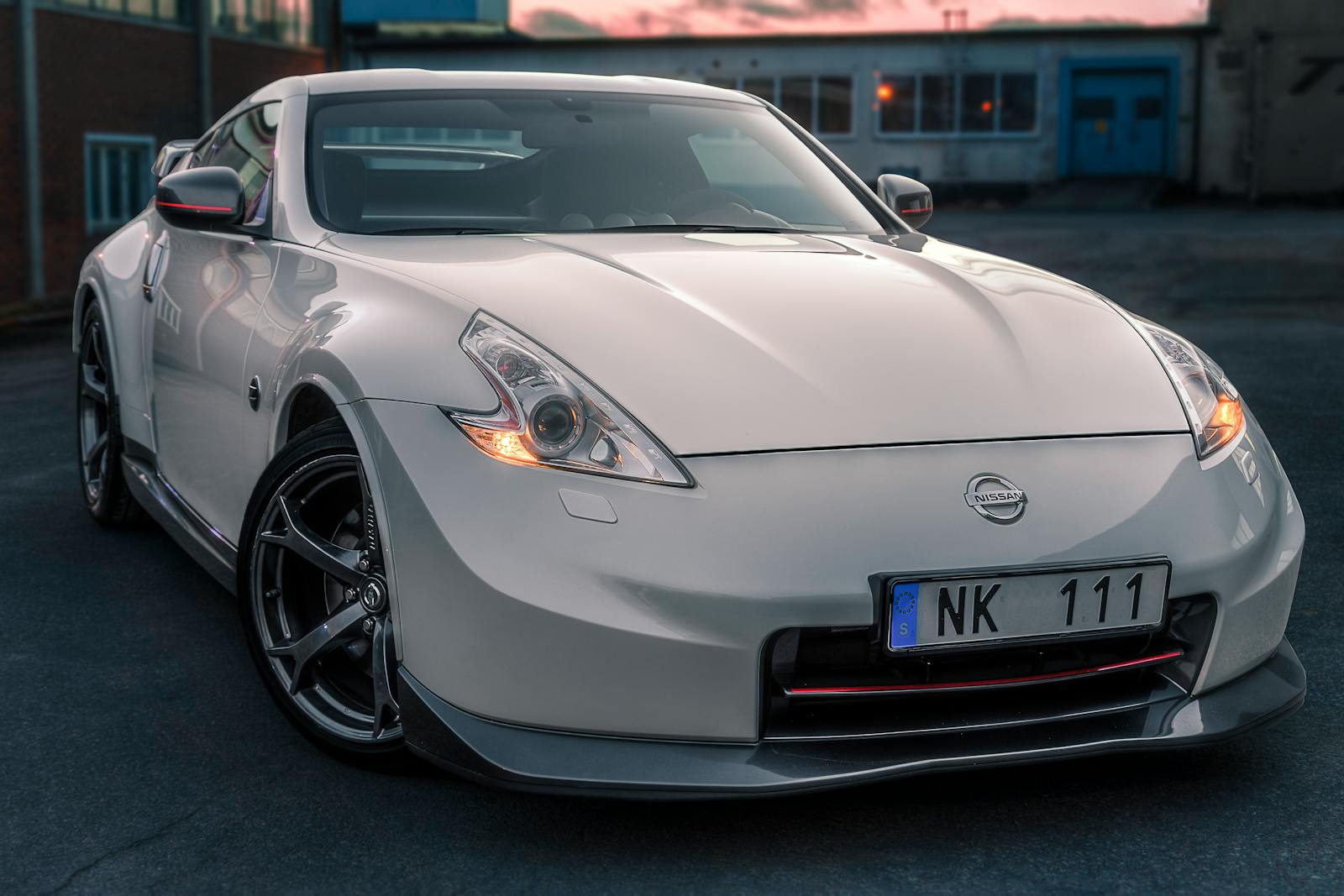For decades, the manual transmission has been steadily fading from the automotive landscape, a relic of a bygone era, slowly giving way to the seamless convenience of automatics and the silent efficiency of electric vehicles. Automotive purists and seasoned gearheads have lamented its slow demise, often attributing its decline to a younger generation seemingly uninterested in the physical engagement of driving. Yet, against all odds, a remarkable and entirely unexpected trend is now reversing this narrative: Generation Z is bringing the stick shift back.
This surprising resurgence isn’t driven by necessity or traditional advantages like cost or fuel economy, which have largely diminished over time. Instead, it’s fueled by a complex mix of identity, rebellion against automation, the allure of pop culture, and a profound desire for a more connected, tangible experience in an increasingly digital world. What was once seen as an antiquated skill is now becoming a badge of authenticity, a statement of control, and even a form of mechanical meditation for young drivers. This deep dive will explore the multifaceted reasons behind Gen Z’s surprising embrace of the manual transmission, examining the cultural, social, and personal factors that are breathing new life into the “third pedal.”

1. The Unlikely Resurgence: Gen Z’s Impact on Manual Sales
The statistics tell a compelling story of an unexpected reversal. While manual transmissions still constitute a small fraction—less than 1%—of new U.S. car sales overall, there’s a measurable and noteworthy uptick in demand, particularly from younger buyers. This isn’t just anecdotal evidence from a few niche dealerships; major players in the automotive market are reporting this shift.
CarMax, for instance, observed a rise in manual sales from 2.4% in 2020 to 2.9% in 2022, a consistent upward trajectory. Furthermore, national new-vehicle manual take rates experienced a significant jump, almost doubling from 0.9% to 1.7% in a single year, a growth rate that has remarkably held steady through 2024. These figures, while seemingly modest in raw percentage, represent a substantial change in a market that has long predicted the manual’s extinction, showcasing a clear directional shift in buyer preference among a specific demographic.
Autotrader, a prominent online marketplace, provides additional evidence of this burgeoning interest, reporting a 13 percent increase in page views for new manual vehicles. This digital engagement signals a widespread curiosity and active search for stick shift options, indicating that a significant segment of the market is not just passively aware of manuals but actively seeking them out. This data firmly establishes that Gen Z’s purchasing power, or at least their concentrated interest, is indeed “doing the heavy lifting to save manual transmission cars,” as one report aptly puts it.
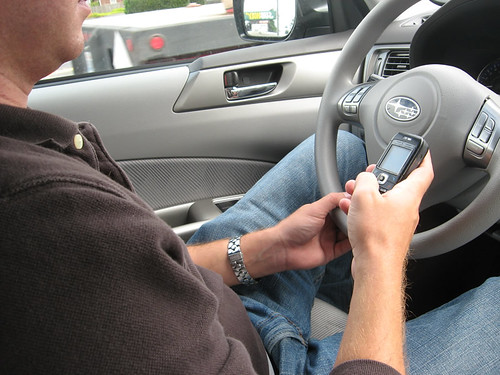
2. More Than Just Driving: Crafting an Identity Behind the Wheel
For many young drivers, mastering a stick shift transcends mere transportation; it’s a profound statement about who they are and how they choose to interact with the world. In an environment saturated with automated conveniences, the act of operating a manual transmission offers a unique sense of accomplishment and a personal challenge to conquer. As Rafael Benavente articulates, there’s “something inherently satisfying about mastering a manual shift being a ‘real driver,’” emphasizing engagement over the path of least resistance.
This sentiment echoes loudly across online forums and social media, where Gen Z drivers express a deep desire for a more visceral and connected driving experience. “I want to feel the road. Hear the engine. Shift for myself. … It is a key element in relating to your car,” one young driver shared, capturing the essence of this emotional bond. It’s about a tactile connection, a dialogue between driver and machine that automatic transmissions simply cannot replicate, transforming the act of driving into an immersive, multi-sensory event.
Beyond personal satisfaction, there’s also a clear social dimension to this trend. Learning to drive a stick shift can be a source of pride and a way to differentiate oneself among peers. Another Gen Z driver candidly admitted, “I thought it was cool to learn how to drive on a stick, just because I could tell my friends that I was a better driver than them.” This desire for a unique skill, for something that sets them apart in a world of standardized experiences, fuels the appeal of the manual transmission, making it a cultural marker of a “real” or “better” driver.

3. Unexpected Safety: Manuals as a Deterrent to Distraction
In an age where distracted driving has become a pervasive and dangerous issue, the manual transmission presents an unexpected, yet highly effective, safety feature. The physical demands of operating a stick shift inherently command a driver’s full and undivided attention, requiring the coordinated use of both hands and both feet. This heightened engagement significantly reduces the opportunity for drivers to divert their focus to phones, food, or other common in-car distractions.
This aspect resonates powerfully with a generation that grew up with smartphones as an extension of their hands, as well as with their parents. One young driver recounted how their mother “likes that having to maneuver the gear shift… doesn’t leave D.J. a free hand with which to text while driving.” It’s a pragmatic benefit that offers peace of mind, transforming the manual transmission from a challenging skill into a built-in safety mechanism that actively promotes focused driving.
The constant need for interaction, the deliberate decision-making involved in each gear change, forces a driver to be present in the moment. This “mechanical meditation,” as some young drivers describe it, stands in stark contrast to the passive nature of automated driving. It demands mindfulness, rewards attention, and inherently punishes distraction, making it an appealing choice for those who prioritize road safety or whose parents do.

4. Pop Culture, Nostalgia, and the Digital Influence
The manual transmission’s resurgence is not happening in a vacuum; it’s deeply interwoven with broader cultural trends, pop culture references, and the pervasive influence of digital media. For many Gen Z drivers, the initial spark of interest in stick shifts often comes not from real-world driving lessons, but from virtual experiences in popular video games. Titles like Gran Turismo and Forza frequently feature manual driving as a more immersive and challenging option, allowing young enthusiasts to engage with the mechanics of shifting in a low-stakes environment.
Beyond gaming, a general wave of retro nostalgia is sweeping through Gen Z, affecting everything from music (vinyl records) to fashion (vintage styles) and, notably, cars. The manual transmission fits perfectly into this aesthetic, representing a tangible link to a “simpler, cheaper, easier” time, as some observers note. It’s an analog pleasure in a digital era, a physical artifact that carries a sense of heritage and cool, appealing to a generation constantly seeking authenticity and unique experiences.
Social media platforms, particularly TikTok, have further amplified this trend, transforming manual driving into a vibrant online subculture. Hashtags like #SaveTheManuals have garnered astonishing engagement, with posts accumulating around 435 million views. These platforms are filled with tutorials, “day-in-the-life” videos of manual drivers, and content creators celebrating the art of shifting. This digital validation creates a feedback loop, turning manual driving into an aspirational skill that is both celebrated and widely shared, making it cool and relevant for a new generation.
Read more about: Behind the Velvet Rope: 9 Hidden Forces That Shaped Your Favorite 90s Pop Stars and Their Iconic Tours
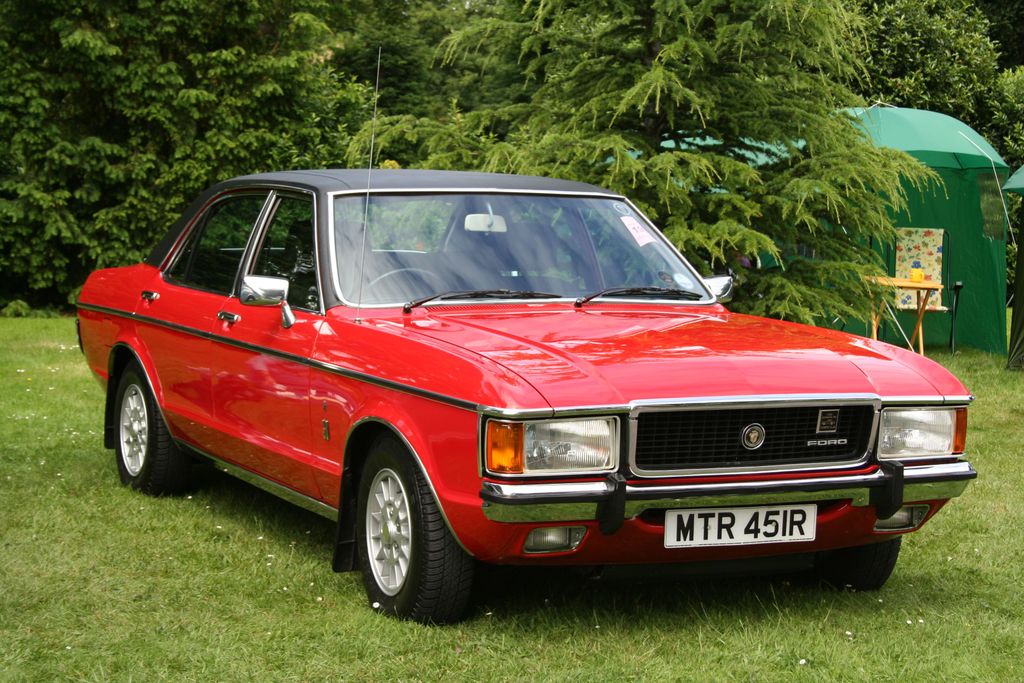
5. The Aspiration Gap: Desire vs. Ownership Among Young Drivers
While the actual sales figures for manual transmissions show a significant uptick, they don’t fully capture the sheer depth of interest among Gen Z. There’s a noticeable “aspiration gap” – a wide chasm between the desire to learn and own a stick shift and the current reality of ownership. A Mini USA survey, for example, revealed that a remarkable 67% of drivers aged 18–34 expressed a strong desire to learn how to drive a stick, even though less than a quarter of them currently own a manual vehicle. This is a considerable jump compared to the 40% of older respondents who shared the same aspiration but didn’t already drive manuals.
This significant gap between aspiration and current ownership is a powerful indicator of the trend’s potential for continued growth. It suggests that many young drivers are actively considering or planning to acquire a manual transmission vehicle in the future, once they overcome barriers such as learning the skill or finding suitable options. The enthusiasm is there, vibrant and widespread, waiting for opportunities to translate into actual purchases.
Automakers are beginning to notice this latent demand, leading some to strategically continue offering manual options, particularly in performance and enthusiast models. Brands like Toyota, Honda, and Mazda are catering to this specific segment of the market, understanding that while current ownership might be lower, the deep-seated desire among Gen Z promises a sustainable niche. This willingness to learn and the evident enthusiasm points to a future where the manual transmission, while perhaps never returning to its past dominance, will certainly maintain a cherished and active place in the automotive world, driven by this generation’s keen interest.
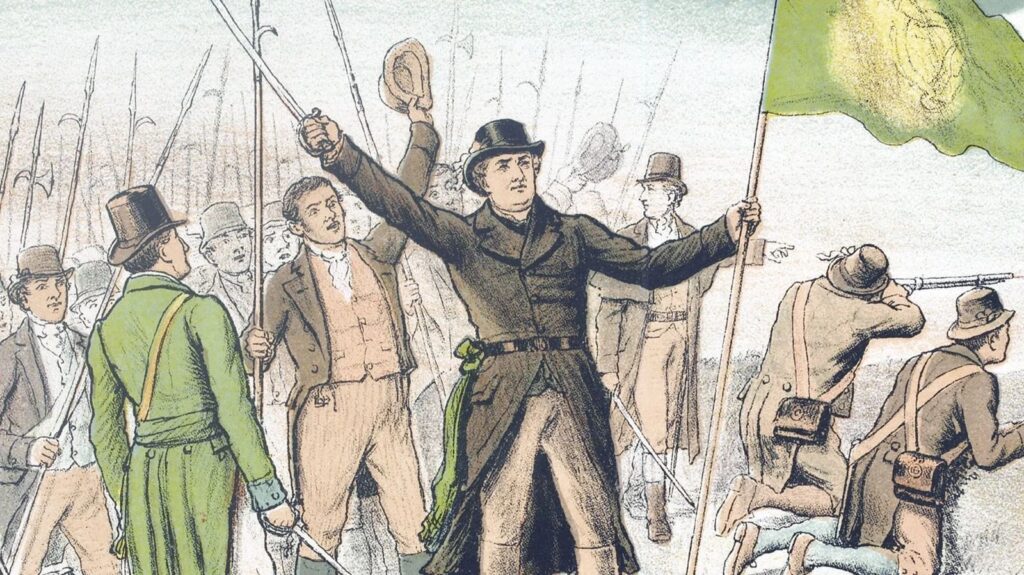
6. An Analog Rebellion: Resisting Automation in a Digital World
At its core, Gen Z’s embrace of the manual transmission is an act of “analog rebellion” against the relentless march of automation that defines much of their modern existence. This is a generation that has grown up surrounded by smart devices, self-checkouts, automated customer service, and increasingly autonomous vehicles. In this context, the manual car offers a refreshing and defiant counterpoint – a physical, hands-on experience that stands in stark contrast to the passive, screen-driven nature of everyday life.
Lucas Marcouiller, a 26-year-old manual owner, perfectly encapsulates this sentiment: “It’s not a statement against electric cars so much as I’m going to try to enjoy the type of driving that’s the most fun to me until I can’t anymore.” This isn’t about shunning new technology entirely, but about making an intentional choice for active engagement and sensory feedback. It’s a desire for realness, for something that demands their full attention and provides tangible, immediate consequences for their actions.
The stick shift, in this light, becomes more than just a mechanism for changing gears; it transforms into a symbol of reclaiming control. It represents a connection to the road, to the car, and to the very act of driving itself, offering a deeply human interaction in an era often characterized by digital detachment. This intentional choice to engage with the mechanics of driving provides a grounding experience, an anchor in a world that often feels overwhelmingly automated and mediated by screens.
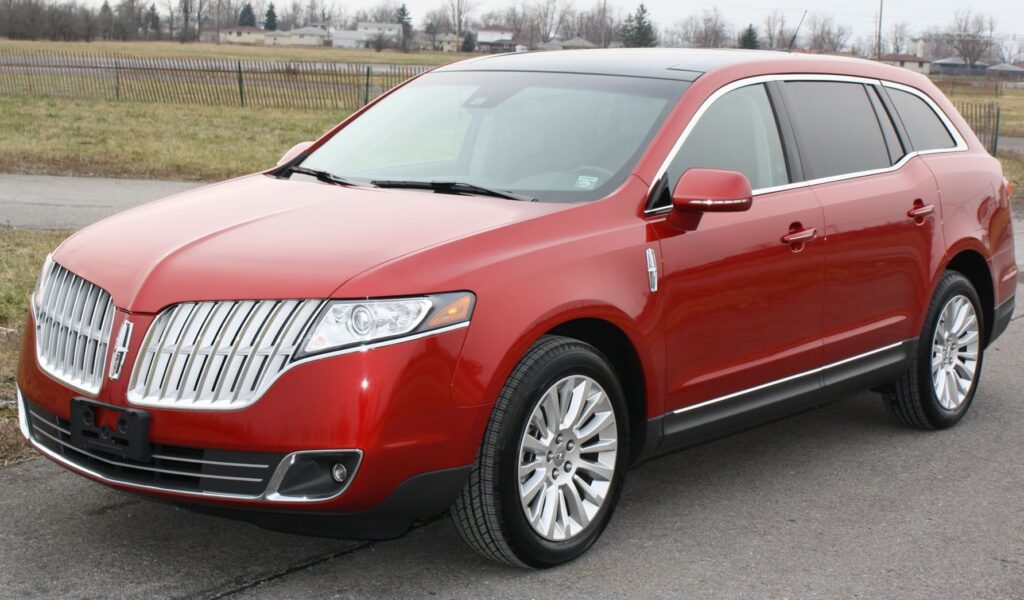
7. Automakers’ Strategic Response: Catering to a Niche
Automakers, initially slow to react to the manual’s decline, are now demonstrably taking note of this burgeoning interest, particularly from younger demographics. This isn’t merely a passive observation; several manufacturers are actively reintroducing manual options, albeit often in specific, high-performance, or enthusiast-focused models. This strategic pivot acknowledges that while the overall market for manuals remains small, the dedicated demand from Gen Z constitutes a valuable niche worth cultivating.
Brands such as Mini, Mazda, and Acura have been at the forefront of this shift. Mini, for instance, has recently added three new manual models to its lineup, with plans for four more, and notably opened its own manual driving school. Mazda offers manuals in three of its five current MX-5 Miata models, while Acura brought back the manual option for its Integra, a significant move given it’s the first time since 2015 the automaker has offered a manual transmission vehicle.
These decisions are directly influenced by the demographic buying these cars. Data reveals that a quarter of manual MX-5 Miata buyers are between 18 and 35, and half of manual Integra owners fall within the 18 to 46 age bracket. Toyota has added a manual option for the GR Supra, and Honda continues to keep its Civic Si and Type R stick-only. Even luxury performance brands like BMW maintain manual options for models like the M2, M3, and M4, demonstrating a broad industry recognition of this enthusiast-driven segment. However, supply often lags behind this newfound interest, with many new manual models produced in limited numbers, contributing to their rising value in the used car market.

8. Beyond Practicality: The Shift to Experiential Value
The traditional selling points of manual transmissions—such as lower price, better gas mileage, and faster acceleration—have largely diminished over time, with modern automatics often surpassing them in these metrics. This fundamental shift means Gen Z’s embrace of the stick shift is not driven by pragmatic advantages, but by an entirely different set of motivations that prioritize the experience over mere utility. The purchase of a manual car has evolved from a rational decision based on cost-effectiveness to an emotional one rooted in a desire for connection and an authentic driving ‘vibe’.
For this generation, the value proposition of a manual transmission lies in its ability to offer a deeply engaged, analog experience in a world increasingly dominated by automation. It’s about a hunger for “realness,” a tangible interaction with machinery that stands in stark contrast to the passive nature of automated systems and digital interfaces. This isn’t about achieving peak performance metrics; it’s about the feeling of control, the sound of the engine, and the physical act of shifting gears.
In a remarkable reversal, manuals, which were once considered the “standard shift” and a cheaper option, can now, in certain circumstances, command a premium. This indicates that buyers are choosing them not out of economic necessity or as a base model feature, but purely out of preference for the unique driving engagement they provide. It underscores that the market value has shifted from functional benefits to the intangible, yet highly sought-after, experiential qualities of driving a stick shift.

9. Social Media as the New Car Showroom: Amplifying the Manual Craze
The resurgence of the manual transmission is intrinsically linked to the powerful influence of social media, which has transformed manual driving into a vibrant and highly visible online subculture. Platforms like TikTok and Instagram have become the new “car showrooms,” where young content creators are not just discussing cars but actively celebrating and teaching the art of shifting, dramatically amplifying its appeal to Gen Z.
Hashtags such as #SaveTheManuals have garnered astonishing engagement, with posts accumulating around 435 million views on TikTok alone. This online fervor extends to tutorials on how to “drive stick,” Instagram reels showcasing rev-matching and heel-toe downshifts, which often receive more engagement than even the launches of new electric vehicles. This digital validation creates a powerful feedback loop, solidifying the manual as aspirational and cool.
What truly sets this social media-driven car culture apart is its emotionally expressive nature. A perfectly executed shift is not just functional; it’s cinematic. Dash-mounted GoPro footage captures the subtle tap of the clutch, the satisfying click of the gear, and the rising growl of the engine with an ASMR-like beauty. This artistic portrayal turns even basic cars into performance art when driven with precision, focusing on the connection and the tactile experience rather than just speed or prestige. This makes manual driving a highly shareable and celebrated act, accessible to a broad, digitally native audience.
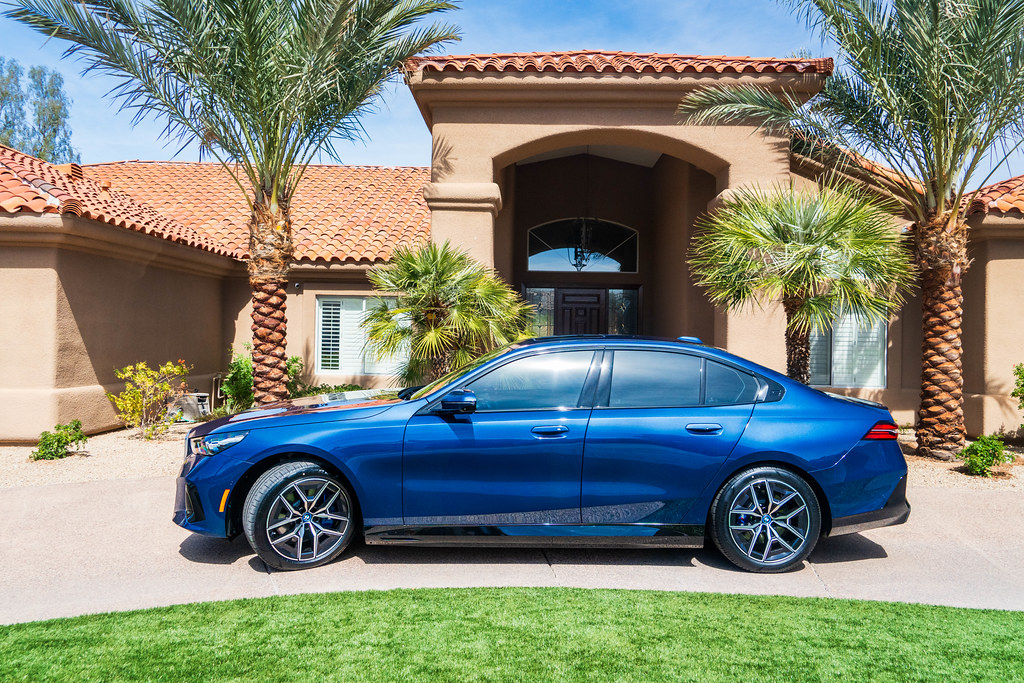
10. The Drive for Total Control: Reclaiming the Driving Experience
For a generation that has grown up immersed in smartphones, self-checkouts, and increasingly autonomous systems, the manual transmission offers something profoundly rare: total involvement. In a world where convenience often equates to relinquishing control, the physical act of changing gears manually feels like an act of defiance, a conscious protest against passivity and a reclamation of personal agency behind the wheel. Each engagement of the clutch and movement of the gear lever is a deliberate action, ensuring the driver is an active participant, not a mere passenger.
Driving a stick shift transforms even the most mundane commute into a rhythm-based, mindful experience. The coordinated dance of the left foot on the clutch, the right hand on the shifter, the listening to the engine’s sound, and feeling the road beneath becomes a symphony of human-machine interaction that no algorithm can replicate. This bodily engagement fosters a deep sense of presence, a “mechanical meditation” that forces focus and punishes distraction, standing in stark contrast to the autopilot ease offered by many modern vehicles.
This desire for total control directly clashes with the proliferation of driver-assistance technologies. While features like lane-keeping and adaptive cruise control promise convenience, for Gen Z manual enthusiasts, they dilute the raw, unmediated experience of driving. For a generation accustomed to instant content but craving real, physical sensations, manual transmissions are akin to rediscovering vinyl records in a Spotify-dominated world—imperfect, intentional, and deeply human. They offer a tangible connection, a direct line to the car’s mechanics and the road, providing an unmatched sense of mastery over their journey.
Read more about: Buyer’s Remorse Behind the Wheel: 15 Cars Drivers Swear They’d Never Buy Again – Learn from Their Mistakes

11. The ‘Aesthetic of Effort’: Learning as a Social Statement
Within digital circles, particularly on platforms like TikTok, driving a manual transmission is not merely a skill; it has evolved into a powerful social statement, a “flex” that celebrates effort, authenticity, and perseverance. Videos tagged with #ManualLife, #SaveTheManuals, and #StickShiftVibes showcase young drivers navigating the often-challenging learning curve with a mix of grit and humor. The initial stall-outs, the missed shifts, and the slow, deliberate clutch work are not hidden but documented and shared, becoming an integral and celebrated part of the aesthetic.
The journey of learning to drive manual has become its own compelling content arc. From “Day 1: Stalled in a parking lot” to “Day 10: First smooth upshift” and “Day 30: Canyon run with satisfying downshifts,” each milestone is captured, documented, and celebrated online. Viewers actively cheer for progress, and comment sections transform into forums for trading tips and encouragement. What was once a fading, niche skill has now been reinvented as a social badge of authenticity, a visible testament to a willingness to engage with difficulty.
This learning process often involves a cross-generational element, with Gen Z creators filming parents or older enthusiasts teaching them in aging vehicles like Civics or Mustangs, adding a layer of nostalgic texture and intergenerational bonding. This physical act of learning something challenging with one’s body holds profound appeal for a generation often accused of being overly reliant on screens. Furthermore, the internet steps in to bridge the education gap, with video tutorials, gear diagrams, and Reddit threads serving as informal teachers, fostering mentorship and turning the inherent difficulty of learning into part of its undeniable appeal, transforming a car into a classroom and a memory into a cherished milestone.
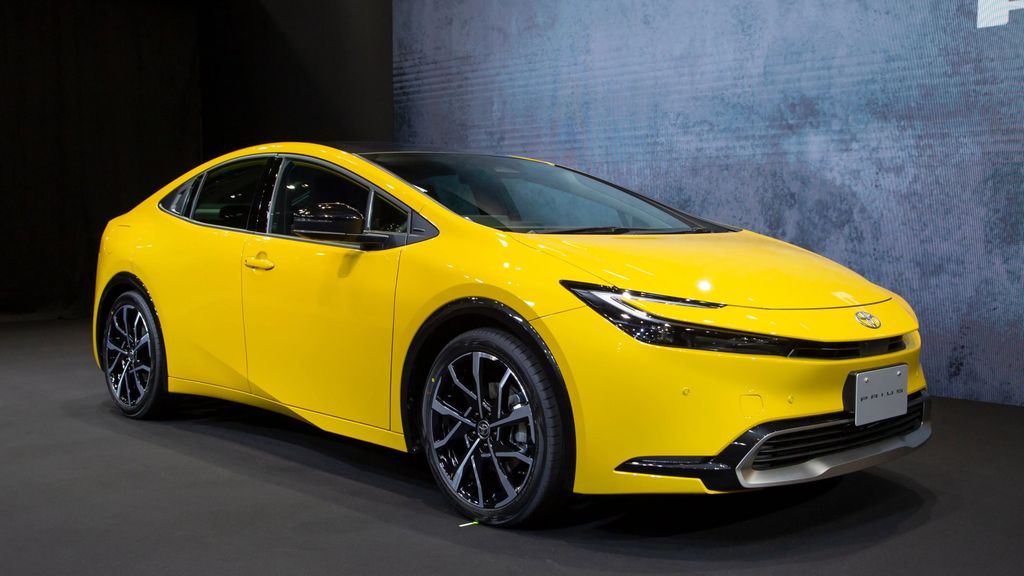
12. Manuals as Emotional Artifacts: Their Future in the EV Age
Part of the profound allure of manual cars for Gen Z stems from the understanding that they are an endangered species. With tightening emissions regulations and the accelerating push towards electric vehicles (EVs) globally, the manual transmission is facing an existential threat. This scarcity, far from deterring young drivers, makes these vehicles even more precious, imbuing them with a sense of finite magic and an urgent appeal.
For many young enthusiasts, driving stick is akin to engaging in other deliberate, analog activities in a digital age, like writing letters instead of sending texts or choosing the long, scenic route over GPS navigation. It represents a form of rebellion against disposability, a commitment to a richer, more involved experience. Manual cars are not just nostalgic; they are emotional artifacts, chosen for their character and the unique interaction they demand, making them a defiant statement against the fleeting nature of modern consumerism.
Some Gen Z drivers affectionately describe their manual cars as “analog pets”—quirky, sometimes frustrating, but brimming with personality. Each shifter, each clutch has its own distinct feel and bite, requiring the driver to learn its language and earn its trust. This rich emotional narrative resonates deeply with a generation that values authenticity and experiential depth over mere convenience. However, this raises a pressing question: can the manual transmission survive the electric vehicle age? EVs, by their nature, typically utilize single-gear electric motors, rendering traditional multi-gear transmissions obsolete.
While the concept of simulated manual experiences in EVs—complete with artificial clutch feel and gearshift logic—is being explored by some companies like Toyota and custom shops like Gateway Bronco, their long-term success remains to be seen. What is certain, however, is that the core appeal of manuals—the connection, the effort, the sheer joy of hands-on driving—will not vanish. It may simply migrate, perhaps finding expression in new forms of analog pleasure, ensuring the spirit of the stick shift endures.
In an era defined by seamless automation and digital detachment, the manual transmission stands as a vibrant, breathing counterpoint, revitalized by a generation eager for authentic engagement. Gen Z’s embrace is not a fleeting trend but a testament to a deeper craving for connection, skill, and a tangible sense of control in their lives. They are not merely preserving a relic; they are redefining what it means to drive, transforming a mechanical skill into a cultural statement, an analog rebellion, and a cherished emotional experience. Thanks to their eager, curious grip, the stick shift has not only found a lifeline but has secured a unique, enduring place in the future of automotive passion.


